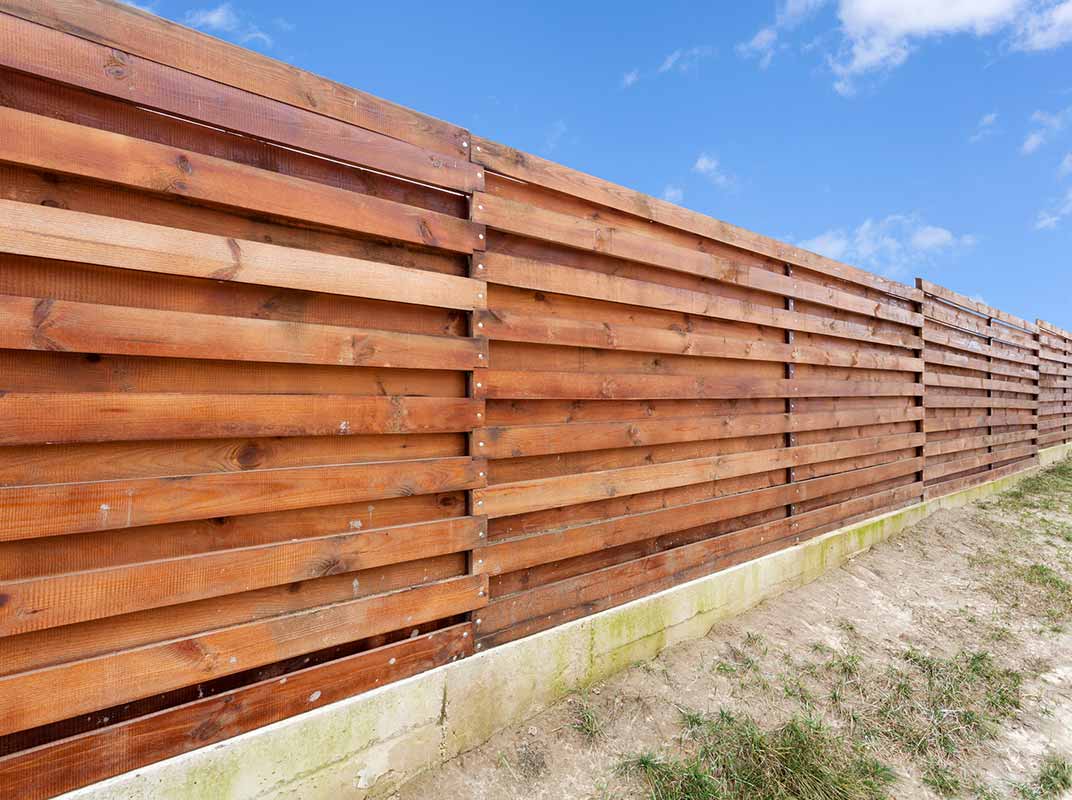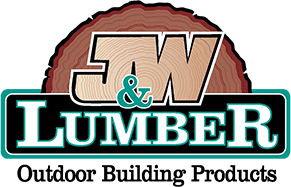
Want to enhance your backyard? Fencing is a good place to start. It offers more design possibilities than you might initially realize, giving your outdoor space a refreshed, customized look. Between materials and hardware and board spacing options and height variations, there are multiple ways to customize your fence. Here’s what you need to know to get started.
Hardwoods and Hardware
One of the first factors homeowners consider when building a new fence is the type of materials they’ll want to use. Two of the top trending ones are Borneo Mahogany and Red Balau. These high-end hardwoods recently became readily available following material shortages from the past two years, making them heavily sought out for fencing design.
Also, J&W Lumber carries all the specific hardware, such as structural screws and ornamental connectors, needed for each particular project. There isn’t universal hardware that applies to all fencing. Choosing it depends on the type of wood used and the style of fence you want.
Spacing Between Boards
Once materials are chosen, homeowners can get creative with spacing. A standard fence has vertical boards, all the same height, and limited spacing in between. However, to design a contemporary look, homeowners often opt for a horizontal fence with a half-inch gap between boards. Another option is to establish a solid bottom to the fence and as the boards reach the top, there can be different board sizes and spaces with a repeated pattern for an artsy appeal.
Choosing the Right Fencing Height
A six-foot fence is the most common city regulation for fencing. Anything higher typically must meet city approval but may be helpful if you want added privacy. However, the lower height of ranch-style fencing is popular for larger properties. It’s designed as a decorative accent versus a privacy structure, which is commonly found inland near ranches and wineries. Whereas, taller, modern-style fencing is typically popular along the coast.
Determining the “Good Side” of Fencing
A good neighbor fence is shared between two neighbors and looks decent on both sides. The traditional wood fencing design includes rails on one side and is solid on the other, leaving one neighbor left with the more attractive side. However, even with this standard style of fencing, it can be framed to keep rails at the very top and very bottom of the fence so it looks good on both sides. And, for current builds, there’s less concern about a rough versus smooth side since this only applies with tongue-and-groove fencing board.
Fencing helps to frame your property, whether you want added privacy, a decorative upgrade, or a combination of the two. There are various styles, materials, and accessories to choose from to customize it and create your ideal outdoor space.
Many homeowners had temporarily put renovations on hold while popular materials were out of stock. However, now that the most in-demand items are readily available, fencing projects have resumed full force.
Our specialists are here to answer all of your fencing questions and get you started on your next home project. Stop by your local J&W Lumber store today.
